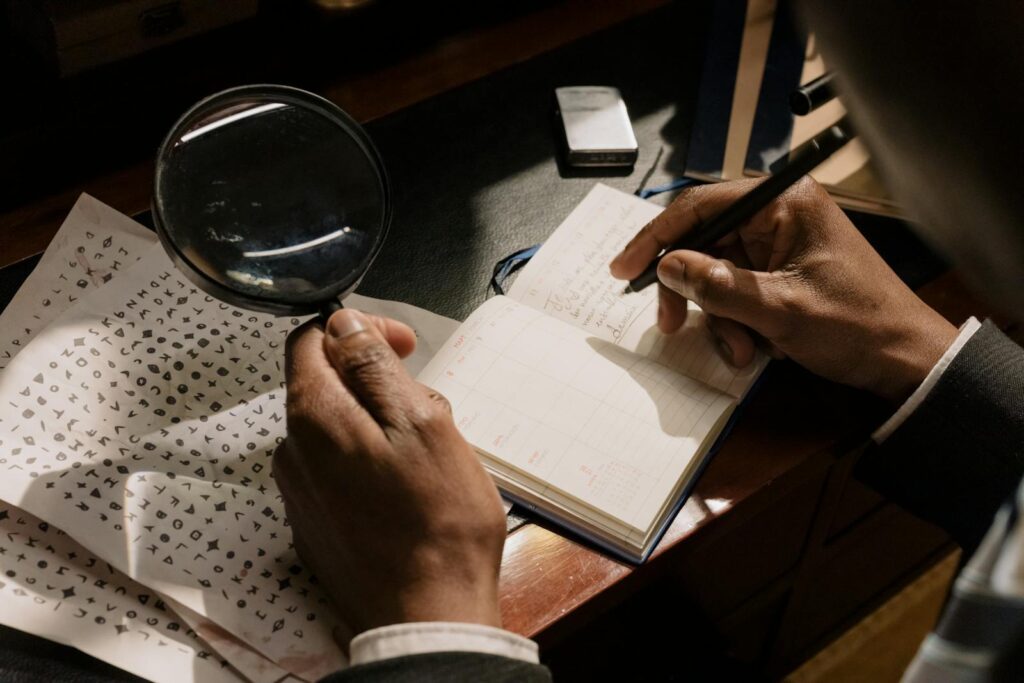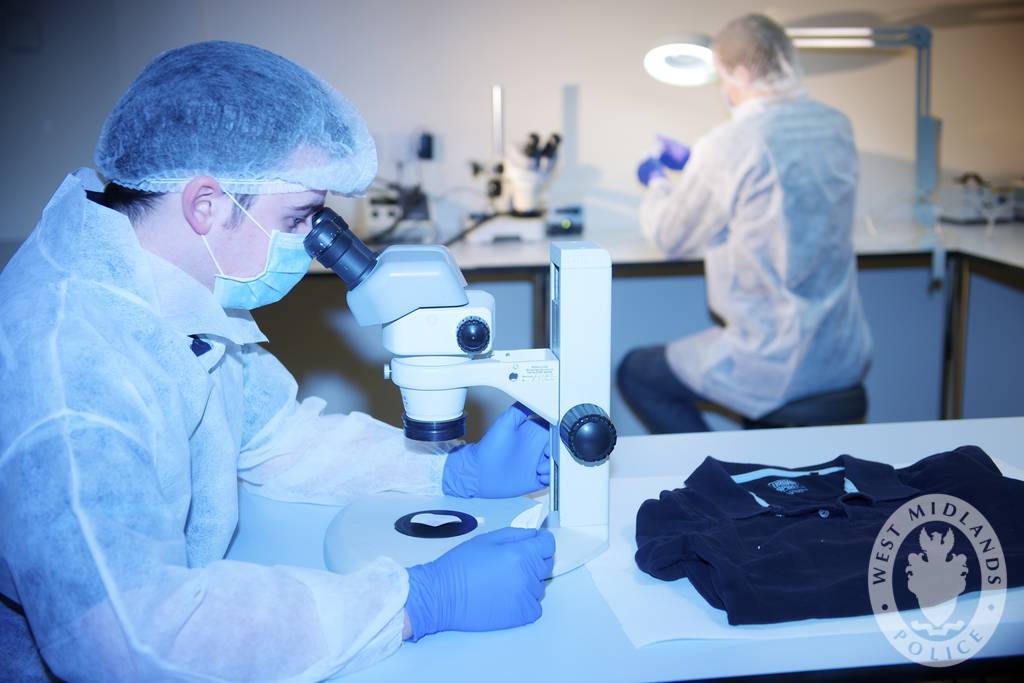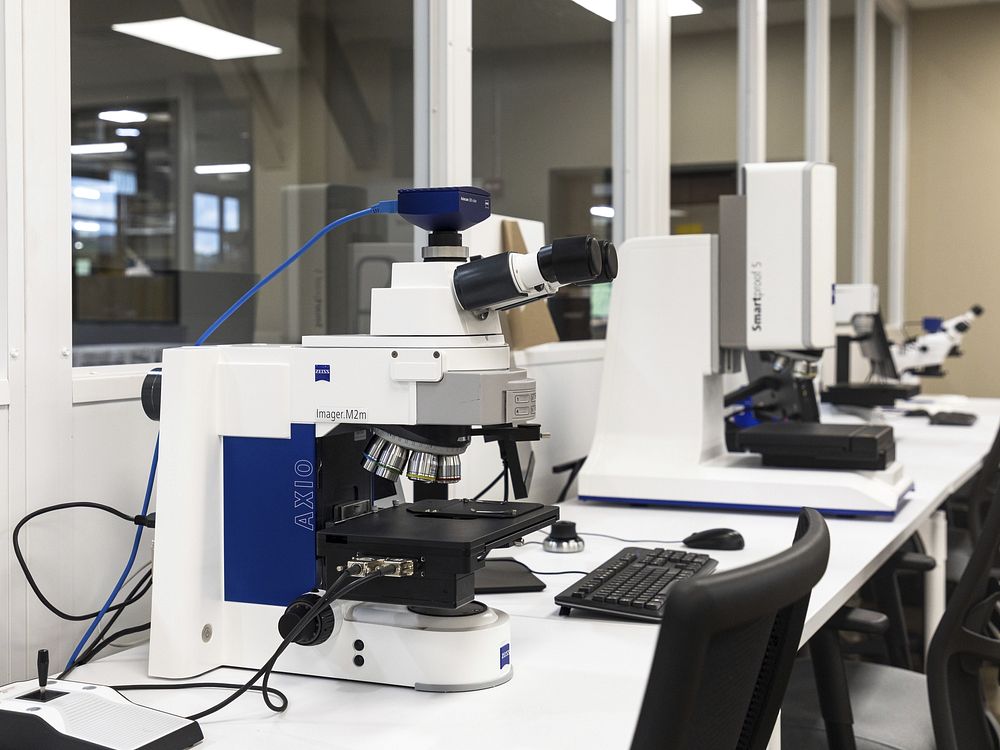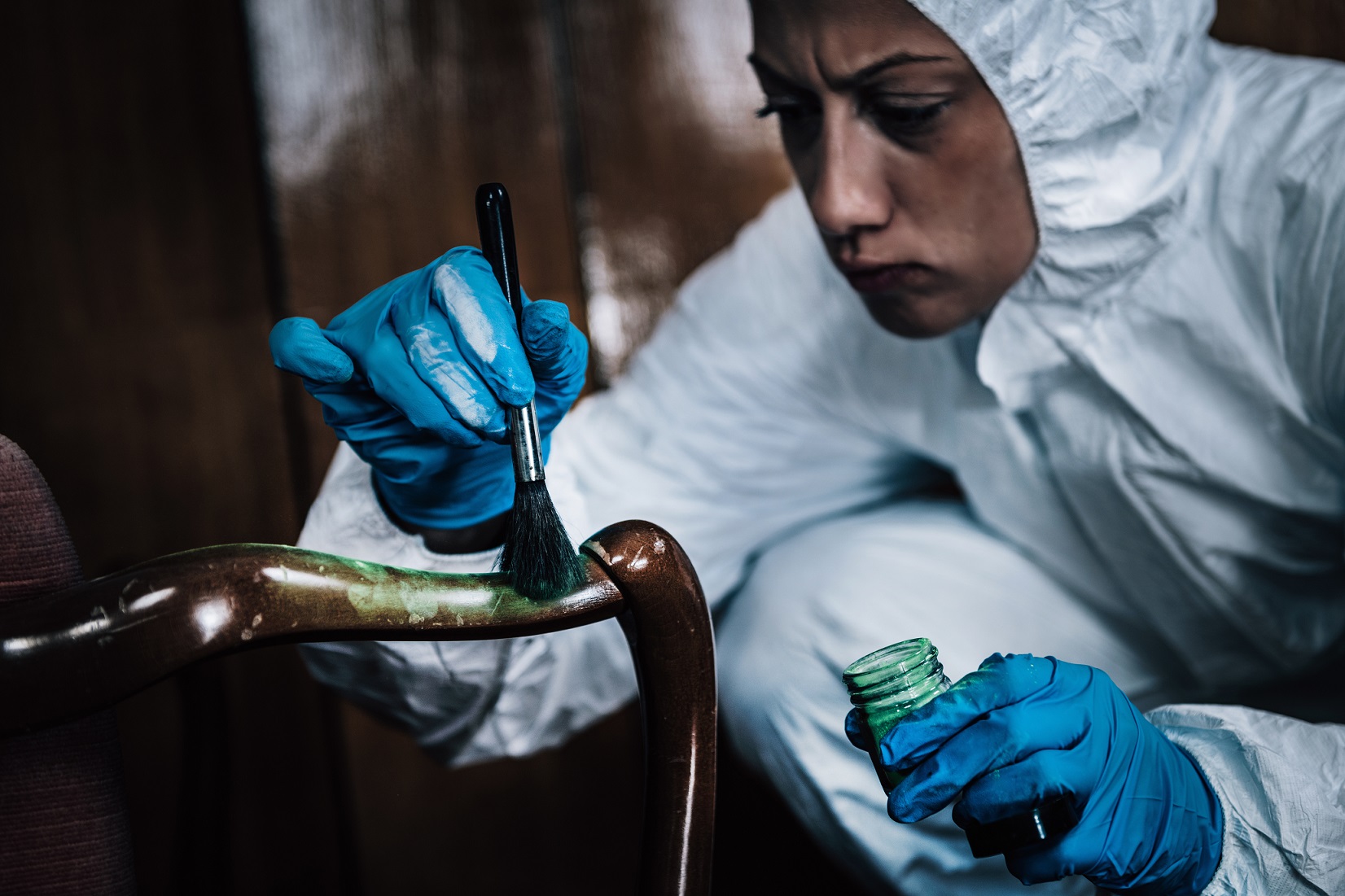Now Reading: Importance of cheiloscopy in forensic science
-
01
Importance of cheiloscopy in forensic science
Importance of cheiloscopy in forensic science
Introduction
Human identification and recognition is of supreme importance in the forensic and criminal investigation [1]. The comparison of fingerprints known as dactyloscopy, dental records and DNA fingerprinting are the most common methods that are used for the identification purposes [2]. However, these data may not be available in some cases and thus we need to opt for other alternatives to proceed further in investigation. One such technique is cheiloscopy which deals with the study, classification, analysis and comparison of lip prints or impressions. The part of the human lip between the inner labial mucous membrane and the outer skin consists of creases and grooves. This pattern formed by creases and grooves is called as the lip print [3]. Like fingerprints, the pattern of lip prints is unique to each individual and varies from person to person. Hence, they can be used as an effective tool for the human identification purposes [4].
History
The anthropologist, R. Fischer in 1902, was the first person to recognize the presence of lines on the human lips but he did not give any practical use of this phenomenon. During 1968-1971, two Japanese scientists Yasuo Tsuchihashi and Tazuo Suzuki examined 1364 lip prints at the Department of Forensic Odontology (Tokyo University). Based on their research they concluded the uniqueness and individualistic nature of patterns of human lip prints [5]. In Hungary in 1961, the research started when lip impressions were found at the door of glass in a murder case and later they were proved to be useful in investigation process [5].
In 1974, Suzuki and Tsuchihashi classified the lip prints [6]. Various such cheiloscopic researches were carried out in different parts of the world that ultimately resulted in the confirmation of individuality of lip prints and their ability to not change for the whole lifetime of a person [5]. The examination also revealed various classifications of lip prints, different methods of collection and lifting of prints, comparison and analysis of lip traces. Nowadays also, many studies are going on to investigate further the potential of the lip impressions as a forensic tool [3].
Anatomy of the lip
Lips are two highly susceptible mobile folds that form the anterior border of the oral cavity. They consist of skin, glands, muscle and mucous membrane. The oral sphincter is formed due to the surface of lips. The upper lip is present beneath the nose and extends laterally towards the cheek from nasiolabal sulcus and the lower lip is bordered by a groove inferiorly, the labiomental sulcus [6]. The junction of two lips at the corners of the mouth is termed as lateral commissures [7].
The red part of the lips is known as vermilion and is covered with specialized stratified squamous epithelium. The vermilion border is the boundary of paler skin and distinguishes vermilion from the adjoining skin. The mucosal part of the lips is the stratified squamous non-keratinized epithelium covering of the inner part of the oral cavity [7]. The vermilion consists of the grooves and creases that forms the pattern of lip prints and are important in personal identification [3].
Classification of lip prints
Various classifications have been devised by different scientists. The most commonly used classification was given by Suzuki and Tsuchihashi. They classified the prints into following groups [9]:-
-
Type I- Straight grooves that extend throughout the lip
-
Type I’- Straight grooves but are not present throughout the entire breadth of lip
-
Type II- Forked grooves
-
Type III- Intersecting grooves
-
Type IV- Reticulate grooves
-
Type V- Undetermined
Figure 1: Different types of lip prints according to Suzuki and Tsuchihashi classification [13]
Lip prints as a tool in Forensics
The lip prints can be commonly found in the cases of sexual assaults, burglaries, murders, rapes etc. They may be either visible (due to lipstick applied) or invisible (latent). The latent lip prints are deposited on the surfaces because of the moisturizing done by the tongue and due to secretions of the minor salivary and sebaceous glands present on the vermilion surface of lips [6]. Thus the latent prints should always be considered while investigating the crime scene and various objects such as glasses, bottles, cups, leftover fruits, cigarette butts, bed sheets, cushions should be examined carefully. Such prints can be developed using various dyes and methods. The impressions are collected, interpreted according to different classification systems and compared with those of suspects for identification [8].
Following are the aspects that can be determined using lip prints-
-
Personal identification
The lip prints are unique to everyone and thus if found at the crime scene can play a significant role in identification of the criminal.
-
Race determination [6]
On the basis of thickness of lips, 4 groups can be identified:-
-
Thin lips (common in European caucasoids)
-
Medium lips (8 to 10 mm, are most commonly found)
-
Thick lips (generally found in negroids)
-
Mix lips (commonly found in orientals)
-
Sex determination [9]
Various studies have been conducted to determine sex based on the lip prints. In a research conducted by Vahanwala et al (on the basis of Suzuki and Tsuchihashi), it was concluded that certain pattern trends are generally common in one of the sexes:-
-
Type I and type I’ are common in females in 3rd and 4th quadrants ( in the lower lip).
-
Type II is dominant in males in the 2nd quadrant that is upper lip (left side)
-
Individuals with all quadrants having unlike patterns are commonly found in males whereas having same patterns in all four quadrants are seen in females.
-
The lip prints can also give other details such as cosmetics used, habits, occupational qualities and the pathological changes of lips.
-
Lip prints are studied in postmortem cases and important in identification of corpses [10].
Case studies where lip prints proved to be useful
-
In 1966 in Poland, cheiloscopy proved to be helpful in solving the case of burglary. The analysis by expert was done and it was found that the lip impression found on crime scene did not match with suspect and thus helped in proceeding further in investigation [11].
-
In 1970, an extremely rare case was reported where it was analyzed that the lip prints found on envelope do not belong to the suspects [12].
-
In 1988, a burglary case in grocery store was solved due to the lip prints found. Lip prints were found along with the tooth marks on a piece of cake. The analysis revealed that the person who had left the trace was one of the burglars. The results of both tooth mark and lip prints supported the idea of involvement of that burglar [12].
Conclusion
Lip prints are the chance prints that are left at the crime scene and are used in criminal investigation to identify the criminal or the deceased person. They need to be carefully examined and analyzed by the experts. Cheiloscopy is an emerging field of forensic science in today’s era. Various intense research and studies are being done on lip prints and identification using them.
References
-
Kannan, S., Muthu, K., Muthusamy, S., & Sidhu, P. (2015). Cheiloscopy-A Vital Tool In Crime Investigation. Int J Forensic Sci Pathol, 3(3), 89-93.
-
Caputo, I. G. C., Antonio, L. U., & André, A. P. R. (2018). Cheiloscopy in the human identification. Forensic Research & Criminology International Journal, 6(5), 371-374.
-
Adamu, Lawan. (2016). 78-Lip Prints: An Emerging Tool for Personal Identification. Bayero Journal of Biomedical Sciences. Maiden. 78-87.
-
Prabhu, R. V., Dinkar, A. D., & Prabhu, V. D. (2010). Collection of lip prints as a forensic evidence at the crime scene–an insight. Journal of Oral Health Research, 1(4).
-
Kasprzak, J. (1990). Possibilities of cheiloscopy. Forensic Science International, 46(1-2), 145-151.
-
Caldas, I. M., Magalhaes, T., & Afonso, A. (2007). Establishing identity using cheiloscopy and palatoscopy. Forensic science international, 165(1), 1-9.
-
Palakurthi, N., Afroz, S., Suri, C., Chaitanya, V., & Narayen, V. (2015). Cheiloscopy: Scope in forensics, classification systems and limitations. JDSR, 5(1), 48-53.
-
More, C., Patil, R., Asrani, M., Gondivkar, S., & Patel, H. (2009). Cheiloscopy–A Review. Indian Journal of Forensic Medicine &Toxicology, 3(1), 17-20.
-
Augustine, J., Barpande, S. R., & Tupkari, J. V. (2008). Cheiloscopy as an adjunct to forensic identification: A study of 600 individuals. J Forensic Odontostomatol, 26(2), 44-52.
-
Chatra, L., Peter, T., & Ahsan, A. (2016). Cheiloscopy. International Journal of Forensic Odontology, 1(2), 48.
-
Prabhu, R. V., Dinkar, A. D., Prabhu, V. D., & Rao, P. K. (2012). Cheiloscopy: revisited. Journal of forensic dental sciences, 4(1), 47.
-
Kaul, R., Padmashree, S. M., Shilpa, P. S., Sultana, N., & Bhat, S. (2015). Cheiloscopic patterns in Indian population and their efficacy in sex determination: A randomized cross-sectional study. Journal of forensic dental sciences, 7(2), 101.
Author
Kanika Goel, Intern at Dept of Forensic Science & CI, Legal Desire Media & Insights.









